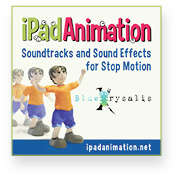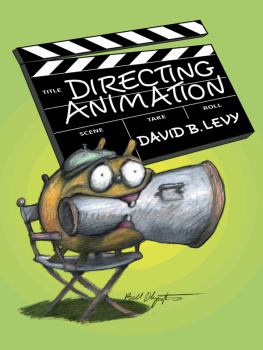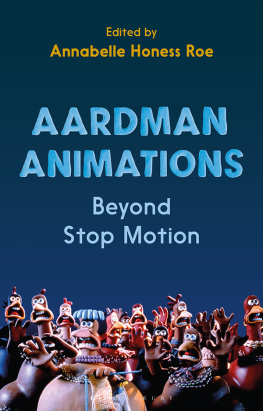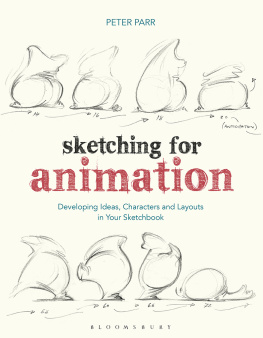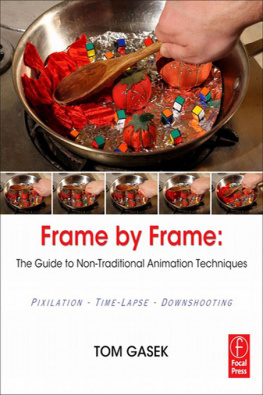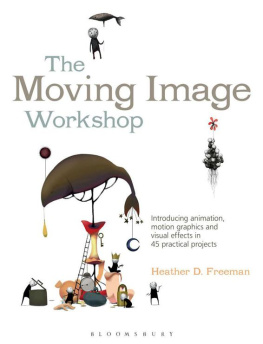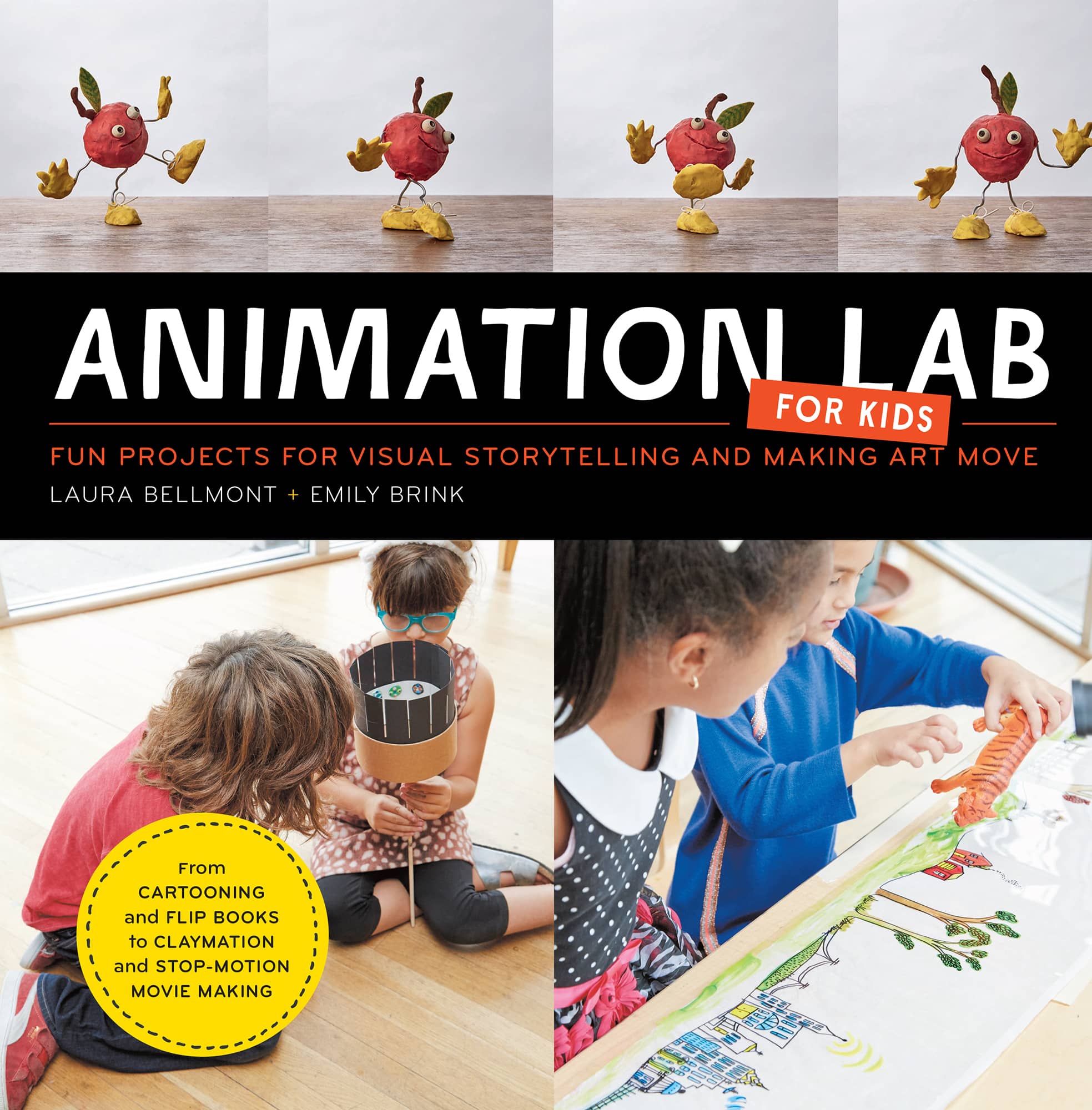Laura Bellmont - Animation Lab for Kids: Fun Projects for Visual Storytelling and Making Art Move--From cartooning and flip books to claymation and stop-motion movie making
Here you can read online Laura Bellmont - Animation Lab for Kids: Fun Projects for Visual Storytelling and Making Art Move--From cartooning and flip books to claymation and stop-motion movie making full text of the book (entire story) in english for free. Download pdf and epub, get meaning, cover and reviews about this ebook. year: 2016, publisher: Quarry Books, genre: Home and family. Description of the work, (preface) as well as reviews are available. Best literature library LitArk.com created for fans of good reading and offers a wide selection of genres:
Romance novel
Science fiction
Adventure
Detective
Science
History
Home and family
Prose
Art
Politics
Computer
Non-fiction
Religion
Business
Children
Humor
Choose a favorite category and find really read worthwhile books. Enjoy immersion in the world of imagination, feel the emotions of the characters or learn something new for yourself, make an fascinating discovery.

- Book:Animation Lab for Kids: Fun Projects for Visual Storytelling and Making Art Move--From cartooning and flip books to claymation and stop-motion movie making
- Author:
- Publisher:Quarry Books
- Genre:
- Year:2016
- Rating:4 / 5
- Favourites:Add to favourites
- Your mark:
Animation Lab for Kids: Fun Projects for Visual Storytelling and Making Art Move--From cartooning and flip books to claymation and stop-motion movie making: summary, description and annotation
We offer to read an annotation, description, summary or preface (depends on what the author of the book "Animation Lab for Kids: Fun Projects for Visual Storytelling and Making Art Move--From cartooning and flip books to claymation and stop-motion movie making" wrote himself). If you haven't found the necessary information about the book — write in the comments, we will try to find it.
In Animation Lab for Kids, arts educators Laura Bellmont and Emily Brink of The Good School present exciting art projects that teach kids how to create engaging visuals and tell stories using a variety of animation techniques.
Youll have fun with:
The lessons require no previous experience for either child or adult. Animation Lab for Kids is a perfect way for parents, art teachers, home schoolers, after-school care providers, and community group leaders to guide and inspire creative kids to take their art projects to the next level with stop-motion movie making.
The popular Lab for Kids series features a growing list of books that share hands-on activities and projects on a wide host of topics, including art, astronomy, clay, geology, math, and even how to create your own circusall authored by established experts in their fields. Each lab contains a complete materials list, clear step-by-step photographs of the process, as well as finished samples. The labs can be used as singular projects or as part of a yearlong curriculum of experiential learning. The activities are open-ended, designed to be explored over and over, often with different results. Geared toward being taught or guided by adults, they are enriching for a range of ages and skill levels. Gain firsthand knowledge on your favorite topic with Lab for Kids.
Laura Bellmont: author's other books
Who wrote Animation Lab for Kids: Fun Projects for Visual Storytelling and Making Art Move--From cartooning and flip books to claymation and stop-motion movie making? Find out the surname, the name of the author of the book and a list of all author's works by series.

